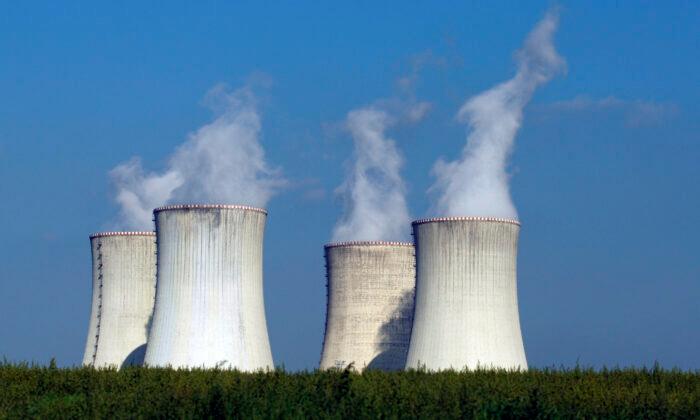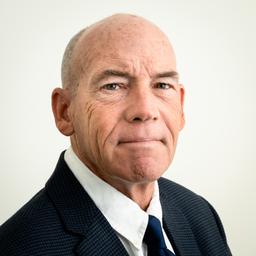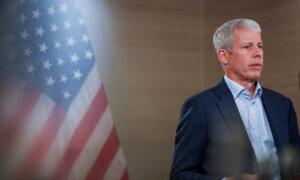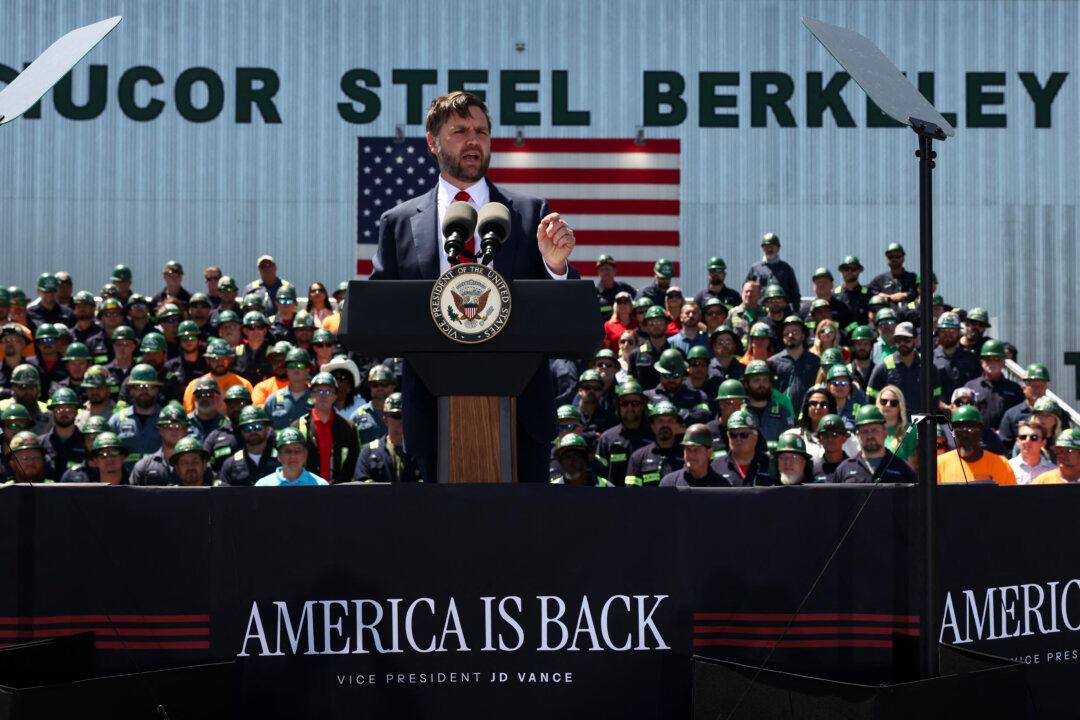“The numbers have been telling us for years that nuclear was going to play a substantial role if we were going to meet the objective many countries have set for themselves, to reduce CO2 emissions,” he said.
But, he predicted, within five years, “We’re going to see a sort of democratization of nuclear. There’s a real strong possibility you’re going to see nuclear power plants in Kenya, Philippines, Indonesia, countries that really haven’t had this before.”
The $300 billion fell shy of the $1 trillion proponents initially sought, a shortfall fostered by a realization many nations are not meeting decarbonization goals or building the grid needed to accommodate increasing electricity demand.
During COP29, “countries were expected to bring plans to show how they’ve already reached their targets,” Magwood said, “and many of them discovered they were not able to present plans that were going to reach the targets.”
The shortfalls came as “a bit of a shock for some policy-makers,” he said. “But behind-the-scenes, when I visit with energy ministers and other officials in different capitals, they would admit to me they had no idea how these targets were going to be met.”
The center’s Energy Security Senior Fellow Jane Nakano said that, in addition to decarbonization, revived support for nuclear energy is being driven by concerns about energy security and interest in stabilizing power costs to spur economic development.
“The war in Ukraine was a game-changer because it reasserted what many countries today see as their number one objective, assuring energy security,” Magwood agreed.
He said that after more than 60 years of globalization, “Energy security had kind of disappeared from the international discussion.
“But,” Magwood added, “it’s back and it’s back with a vengeance.”
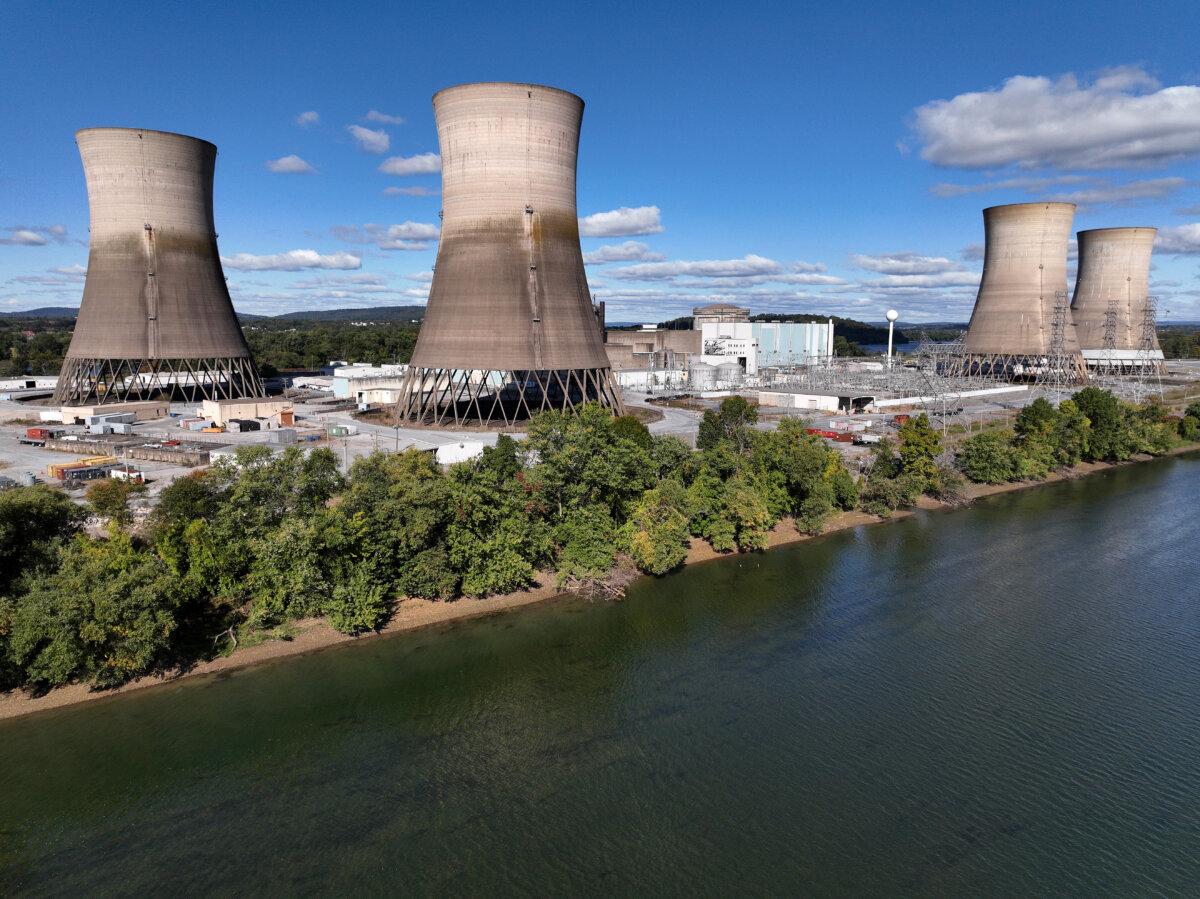
Old Plants Run By Old-Timers
There are approximately 440 operational nuclear power reactors in 32 countries that generate roughly 9 percent of the planet’s electricity, according to the World Nuclear Association.However, most reactors were built between 1970 and 1990 and have averaged more than 40 years in service. The only new one to come online in the United States since 2016 is Vogtle’s fourth reactor in Georgia, which is $16 billion over budget and six years behind schedule.
This is a common scenario worldwide, Magwood and former U.S. International Atomic Energy Agency Representative Laura Holgate said, with many of the world’s nuclear plants decades old.
Nakano said the “quite ambitious” goal to triple nuclear energy worldwide would require building up to 50 reactors annually.
Not only is that possible, Magwood said, but it’s been done.
“In the 70s and 80s, the build [rate] back in those days is just about what you would need right now to achieve a tripling by 2050,” he said, “so it’s certainly within the positive realm of the possible.”
The biggest obstacles are industrial rust, Magwood said.
“The challenge is we don’t have the same infrastructure we had back in the 70s and 80s,” he said. “There are not as many companies that are building nuclear plants today. So we don’t have supply chains, we don’t have the personnel, we don’t, in some cases, have the regulatory infrastructure to do this.”
All this could be changing.
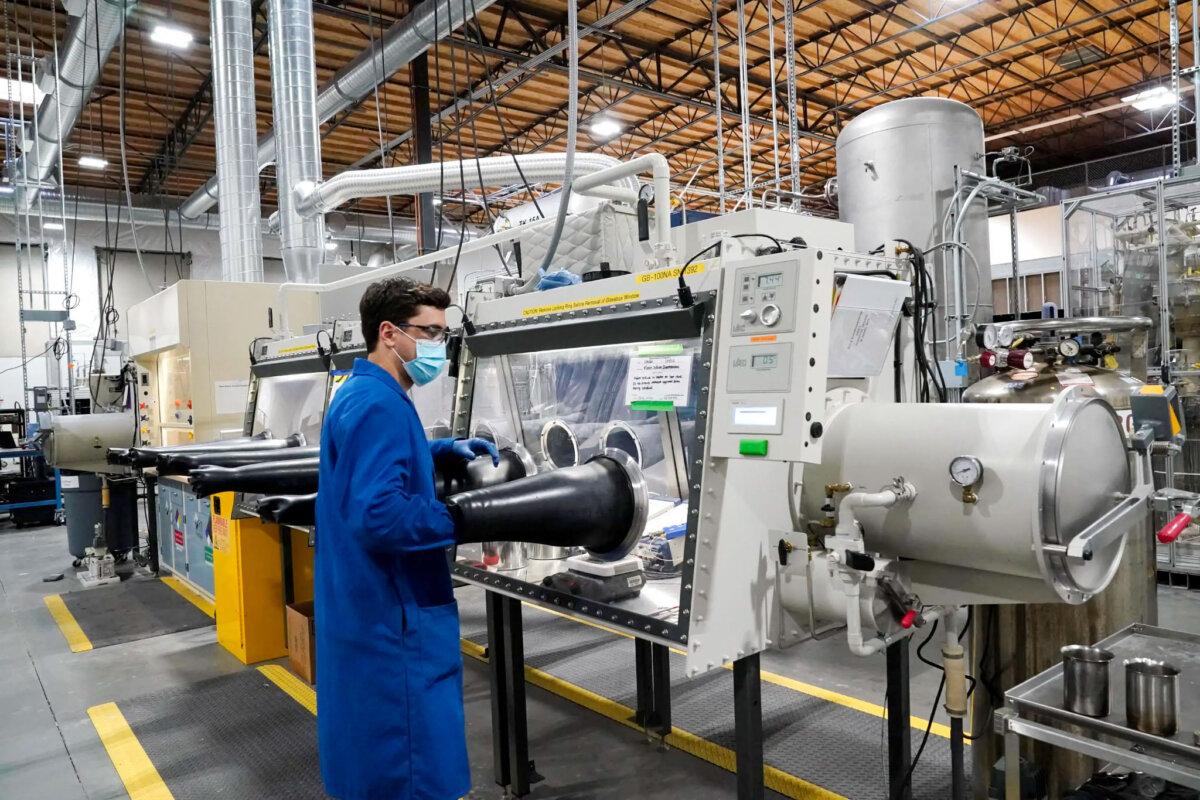
100 Years Of Certitude
Advanced reactor designs, including portable small nuclear reactors, are completing demonstrations and prototype deployments and are on the cusp of being commercially available.These new reactors can be mass-produced and “have internalized the current state of knowledge” to bring greater efficiency at lower costs, Holgate said.
“That’s different than the past,” Magwood said. “Nuclear has always been kind of a one-off. You build one here, and you go away for 10 years. You build one there, you go away for 20 years. That’s always kept them very expensive.”
But with mass reactor production with standard features, costs will significantly decline and nuclear energy will grow quickly, he said.
“If you really want to see cost come down, have a big market, continuous manufacturing, and then you’re really in business,” Magwood said.
Magwood said virtually all utility-scale nuclear power plants built in the next 20 years will use contemporary technologies, noting his agency is tracking more than 90 emerging nuclear technologies.
He doubts more than a few will advance to demonstration stages. “We’re going to see Darwin kick into effect here. There will not be 90 technologies when the smoke clears,” he said, not venturing a guess at what “a relatively manageable number” of feasible technologies would be.
Magwood said that with mass-produced, small portable reactors likely in use within decades as plug-in systems that don’t require user expertise in homes and businesses, there’s concern about ensuring uniform safety and environmental standards.
“We’re talking about small modular reactors that you may see in a much, much larger number of facilities than in the past,” he said. “This is going to change the picture for the inspection community; doesn’t necessarily make it technically more difficult, but it just may be a capacity issue.”
Holgate said with mass production, inspections can be conducted check-list fast, citing the International Atomic Energy Agency’s “Milestones Process” as its ongoing attempt to streamline reviews, permitting, and licensing.
The program is “a very, very clear step-by-step process about, how do you go from a very limited regulatory and managerial capacity around nuclear, to be able to develop a procurement approach? The human capital? Your supply chain issues?”
Magwood said many of the mostly-European members of the Organization for Economic Co-operation and Development have extensive experience in operating nuclear power plants so his agency is offering its consultancy services to “newcomer” nuclear energy nations.
“What the [International Atomic Energy Agency] does with the ‘Milestones Process’ is very important,” he said. “What we’re planning to do with countries is work on policies and economic development.”
Developing collaborative, innovation-sharing relationships with “newcomer” nuclear energy nations “becomes massively important,” Magwood said.
“That’s going to be true in the future, too,” he said. “You’re going to see these kinds of relationships [because] whenever a country makes a decision about building nuclear, that partner will be with them, holding their hand, for 100 years. So, who do you want to have this 100-year relationship with?”
